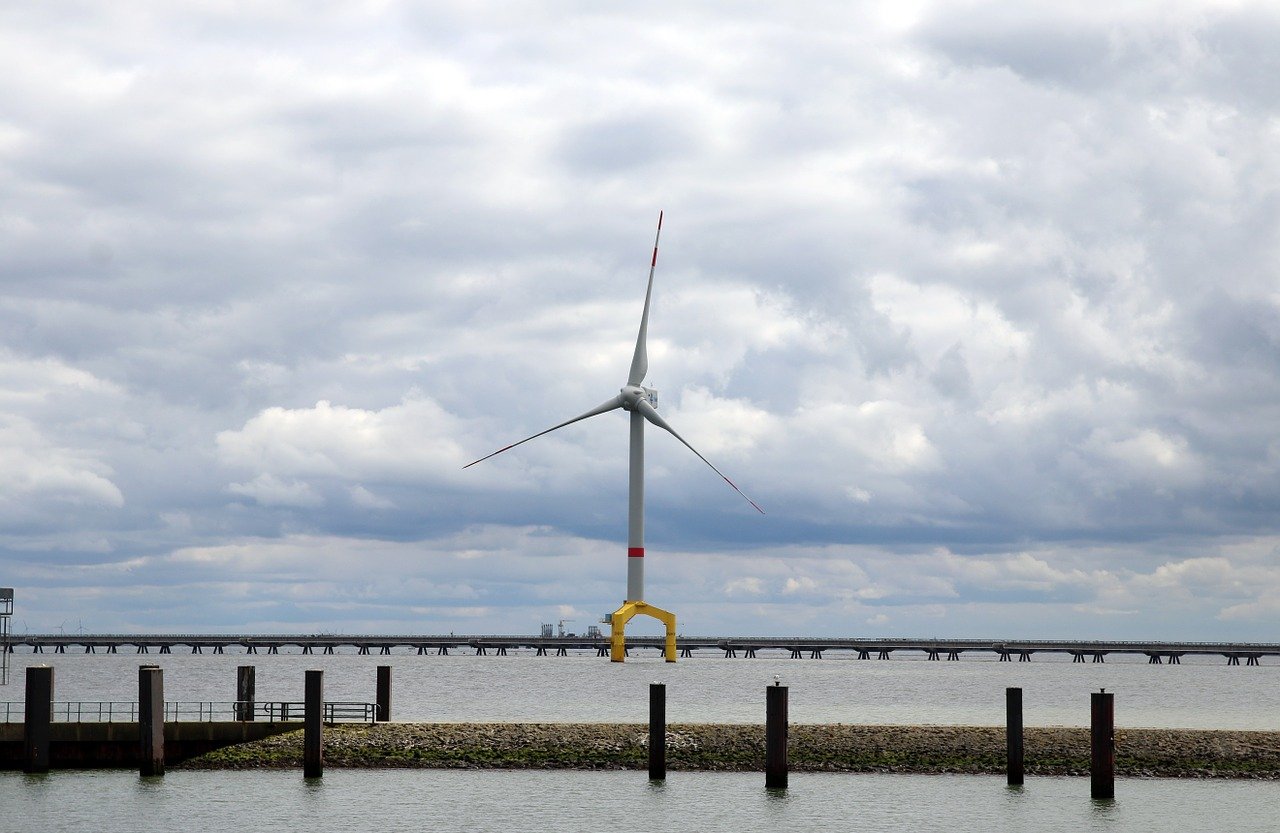On June 11, the METI announced the results of Japan’s first commercial-scale offshore wind tender as the country starts to build a key pillar of its future energy strategy almost from scratch.
This is a historical step for Japan, a relative late-comer to offshore wind despite boasting one of the world’s longest coastlines. The government has set ambitious targets of 10 GW in offshore wind capacity in 2030, and between 30 GW and 45 GW in 2040. The tender result is one of the first major steps to hitting those goals.
Whether the planned scale-up takes place, however, depends on several factors. As domestic and foreign companies pour into the new industry, the government will be required to ensure a fair and competitive environment – including access to key infrastructure and other support. What’s more, Japan’s ports and grid systems will need major upgrades to facilitate offshore wind projects.
Should the market entrants from Europe and the U.S., as well as domestic players, find early success in Japanese seas, offshore wind carries the potential to take over as one of the biggest capacity contributors to the country’s energy mix. Outsized problems, however, may deter future investment and impact not only wind but green hydrogen and other wind-related energy strategies.
This year will be a pivotal one for offshore wind in Japan.
Offshore Wind Enters Pivotal Year in Japan
June 29, 2021|

The full deep-dive analysis texts are available in the Japan NRG Weekly report. You need to be a member to access the reports. Please see the Subscription page for details or email info@japan-nrg.com
Already a member? Please use your login details to access the Japan NRG Archive.
